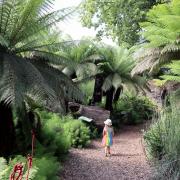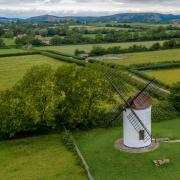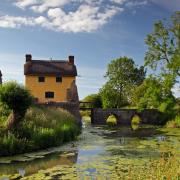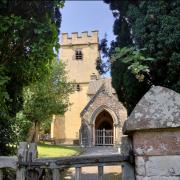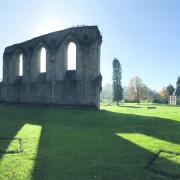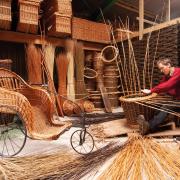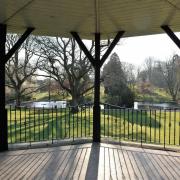As part of its charitable work protecting Bath's unique architectural heritage for future generations, Bath Preservation Trust owns and runs four great museums in the city - here is a bit about three of them
No. 1 Royal Crescent

No. 1 Royal Crescent is a museum that has been decorated and furnished just as it might have been during the period 1776-1796. The rooms feature historic furniture, pictures and objects that reveal what life was like for Bath’s fashionable residents – both upstairs and downstairs.
The new immersive experience brings the house to life through film and sound so that visitors can get a very real sense of what it would have been like to live there. Georgians at Home runs daily when the museum is open. Meet a family who are in Bath for the season as you move through the rooms of the house you will eavesdrop on their day, finding out how they lived in the Georgian city, issues and challenges of the day as well as details about Bath. You will also meet the servants and understand the different lives they led.
The experience features sensitive stories relating to the transatlantic slave trade as the source of much wealth in the City at that time. This content is told within the context of the time rather than from a contemporary viewpoint.
The immersive Jane Austen experience runs on the last Friday of the month. It is a truth universally acknowledged that a Georgian townhouse in Bath must have a Jane Austen story to tell. The new Jane Austen tour looks at life in Britain in the 1790s – 1820, (the Regency into Late Georgian period), including when Austen was writing, and for a time living in Bath. Using the rooms of the house as inspiration, passages and conversations from Austen’s novels bring to life the activities that took place in such domestic spaces, as well as questioning the thoughts and feelings of the people who inhabited them.
Hershel Museum of Astronomy

Visit the house where William Herschel, using a telescope of his own design, discovered the planet Uranus in 1781. His observations helped to double the known size of the solar system. Following a tradition of the great astronomers of the Renaissance he pushed forward the science of building telescopes. He was rewarded for his work by King George III.
As you wander around the museum make the most of the audio-video tours for adults and kids. They reveal the life and work of the Herschels, how the rooms would have been used and the significant contributions they went on to make, that changed our understanding of the universe.
Changing exhibitions are displayed in the gallery and in 2022 we commemorate 200 years since the death of William Herschel. Look out for special events including astronomy, family activities, a feature exhibition and lightbox installation, all as part of our anniversary programme generously funded by the National Lottery Heritage Fund.
Beckford’s Tower and Museum

Built between 1826 and 1827, Beckford’s Tower is an extraordinary building that was once home to one of the greatest collections of books, furniture and art in Georgian England and now stands as the only surviving example of William Beckford’s great architectural achievements.
William Beckford’s ability to build, and to collect, was made possible by the wealth he inherited and continued to accumulate as an owner of Jamaican sugar plantations and enslaved people, and through the compensation he received from the government following the abolition of slavery.
In 2022 the museum is testing new interpretations and activities, to inform the content for the new museum that will open in 2024. The £3.6million project to repair and conserve the Tower, as well as transform the museum and open up the surrounding landscape, will take place in 2023 subject to funding.
* The trust also runs The Museum of Bath Architecture, but in 2022 it will remain closed to the public for critical repairs and maintenance.
A bit of background
Bath Preservation Trust was founded in 1934 as a small pressure group, with the object of protecting the city’s unique architectural heritage. Its first action was to fight plans to pull down parts of the picturesque Georgian city of Bath, England, to make way for a new road. The road was never built.
Since this victory, the trust has saved hundreds more listed buildings from demolition and has successfully confronted many similar threats to the city.




